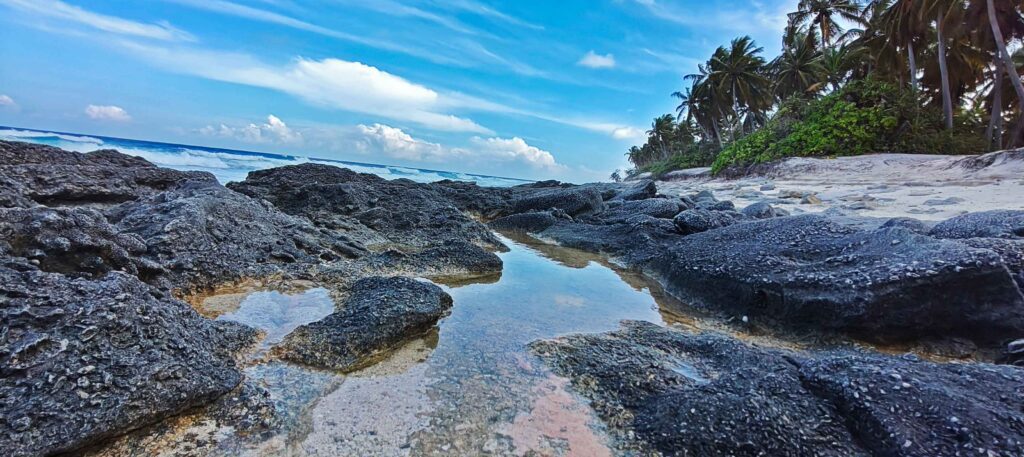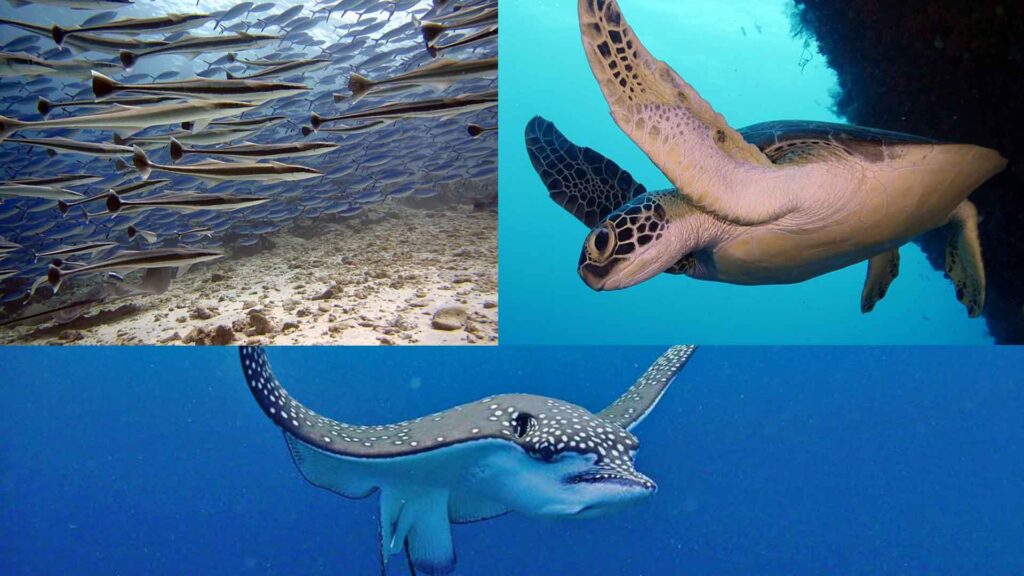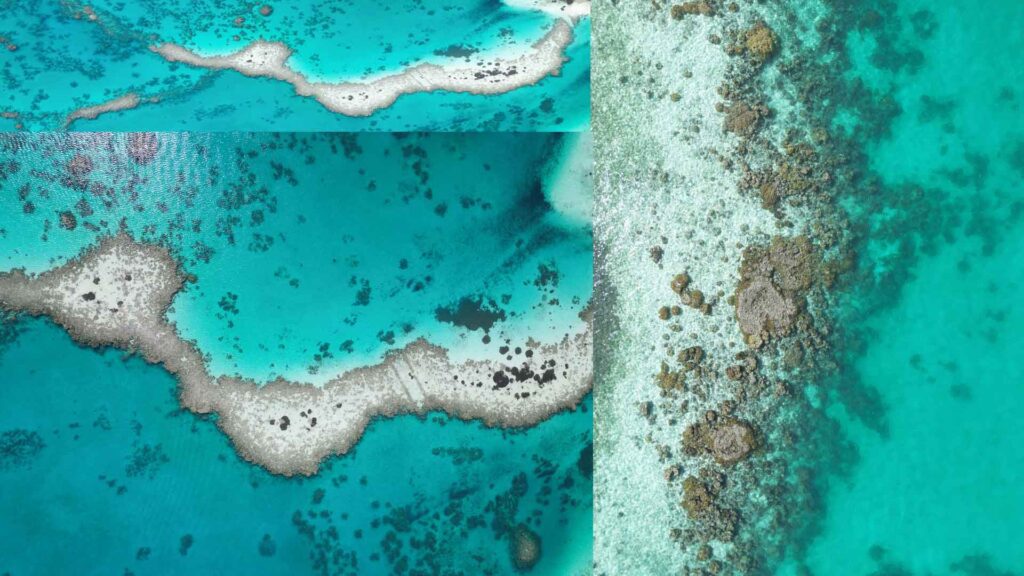
The Maldives is a masterpiece of an island nation, with over 1000 coral islands. The polyps of corals are responsible for constructing reefs. “Hard” or “reef-building” corals are those that help to construct reefs. Sea anemones and corals share a common relationship. These are animals that can form a skeletal skeleton out of calcium carbonate. The Maldives has over 300 reef-building coral species (Pichon and Benzoni, 2007).
Reef-building Corals have tiny plant-like organisms known as polyps. These are invertebrates, which are tiny, soft-bodied animals like anemones and jellyfish. Stony corals are typically the most important component of coral reef ecosystems. The bulk of the reef’s solid limestone (calcium carbonate) structure is produced by hard corals.
The major reef-building invertebrates are hard corals, which are responsible for the limestone foundation of tropical coral reefs. Hermatypes are the corals responsible for reef formation. Elkhorn coral and brain coral are two examples of hard corals.
These organisms establish relationships with a variety of reefs and construct them. Corals thrive thanks to microscopic algae known as zooxanthellae. The coral serves as a habitat for algae. In exchange, the algae supply food for the coral.
Phototropic algae make food from the sun’s energy and give some to their hosts. In return, the coral animal gives nutrients to the algae. Corals can grow so quickly because of this connection that they can form the huge structures we call reefs. An important part of coral’s color comes from zooxanthellae.
Elkhorn coral, staghorn coral, and other hard corals grow in groups and are sometimes called “reef-building corals.” Calcium carbonate, which is hard and eventually turns into rock, is used by hard corals to make their skeletons. Zooxanthellae are essential to hard corals. Zooxanthellae provide shelter to corals in exchange for nourishment.
This rock gradually accumulates to create the basis of a coral reef, providing a structure for newborn corals to settle on.
How do hard corals produce reefs?
Each hard coral polyp lays down a limestone skeleton as it grows inside its own hard cup, or “calyx.” The limestone skeleton of the dead polyp is left behind and serves as the base for a new polyp. Layer after layer of limestone is deposited to form the reef’s framework. Living coral animals form a thin layer on the framework’s surface.


